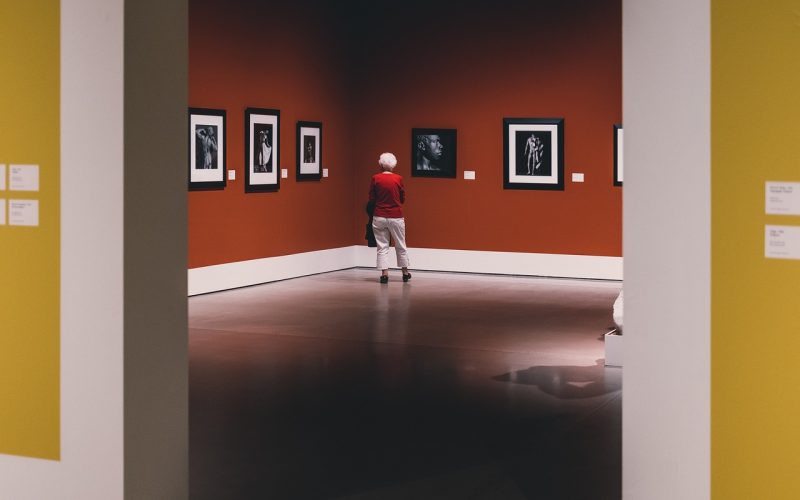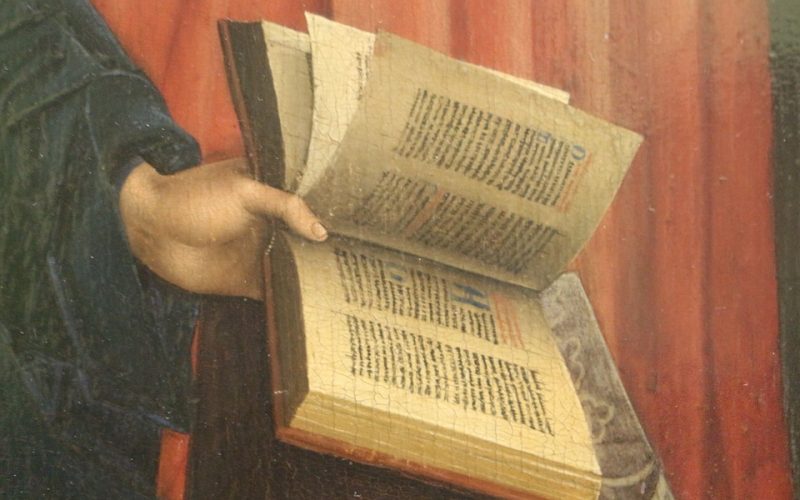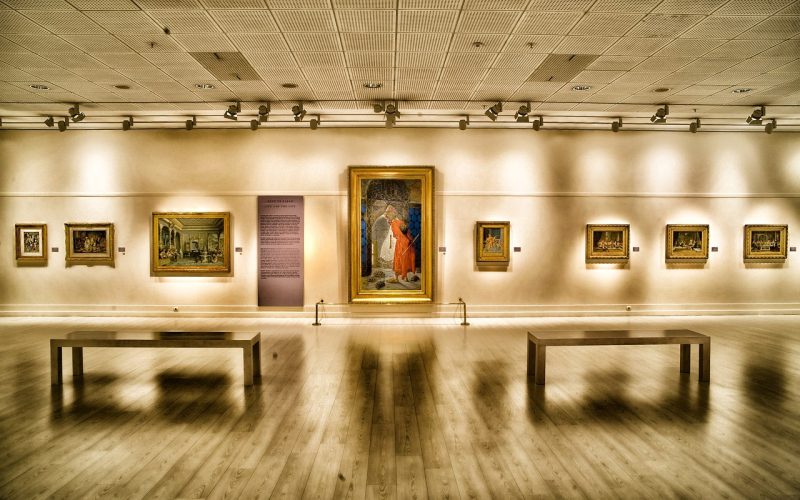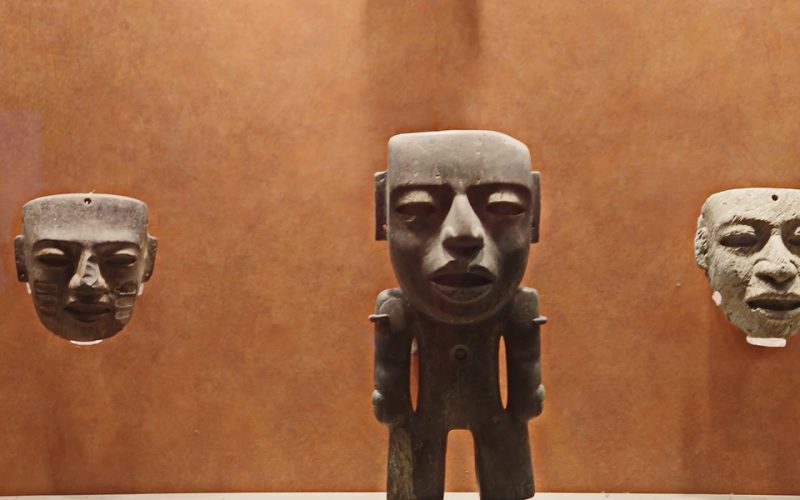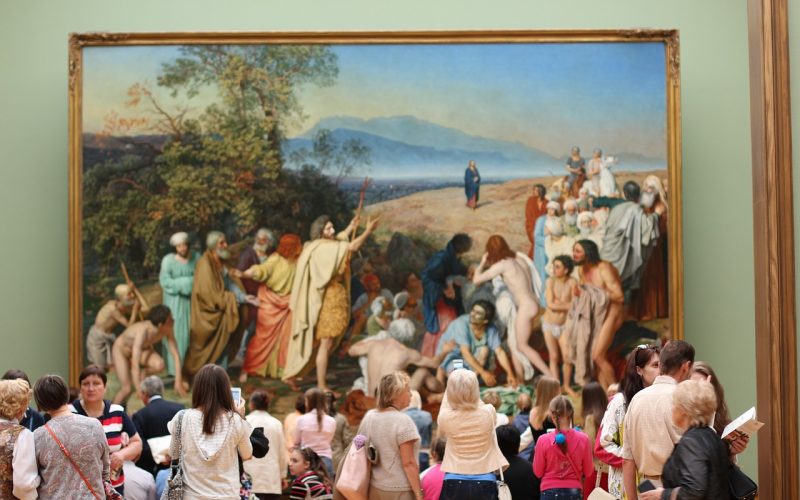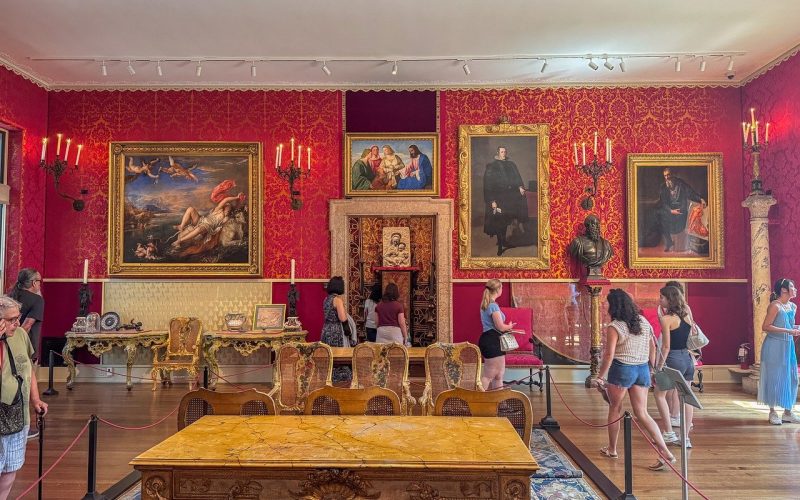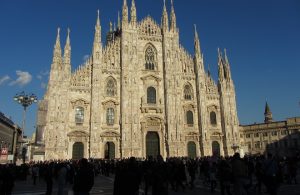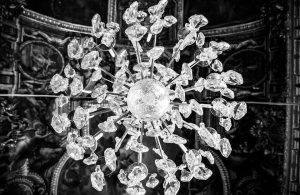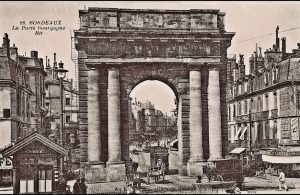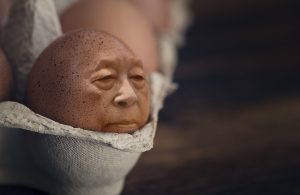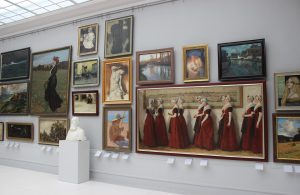A Century of Modern Art
The classification of modern art began in the mid-1800's and continued through the middle of the next century. This is one art category that does have a definitive time period, and it encompasses a great many styles. It is the art movement that characterized the enormous changes technology brought to the Western world. Modern art was an attempt by artists to express the change from the traditional world to the future. Some of the more recognizable styles within this category are Impressionist, Futurism, Surrealism, Op-Art and Neo-Expressionism.
The styles of modern art changed greatly over the century, but its central idea was always the same. Artists created an impression of the world they experienced rather than depicting the world they observed. Modern art is about the artist's perceptions of the world at the time they created the art, and it represents the chaos of the continually changing world around them.
Movement is one of the important facets of modern art. It is often depicted using lines of various thicknesses and colors. The artist is concerned with ensuring the viewer's eye will move through their piece in a particular direction. Modern art does not capture just one figure or topic. Its goal is to take the viewer on a journey through the artist's imagination, and they feel themselves moving through time.
Transferring emotion through a work of art has long been recognized as a way to connect with viewers. Modern art often does this with bold colors and strong lines. It may often appear to be confusing to the viewer, but this is the goal of modern art. It shows how the artist perceives changes that have been introduced into society by advancing technology. Many technological advances during this time period threw entire societies into chaos, and the artist is communicating this concept to the viewer.

